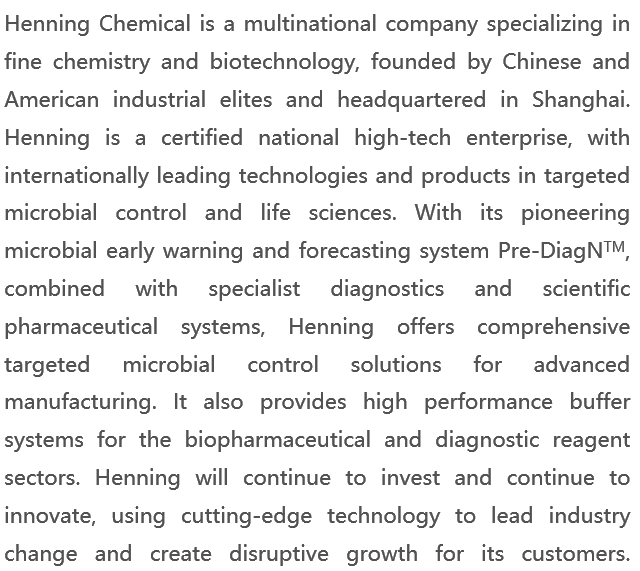Henning "Regulations Online"| Dangerous goods and dangerous chemicals
Regulations online, Hanning interprets them!
Henning "Regulations Online"
Henning Regulation Online
Hanning "Regulations Online"(Henning Regulation Online) is a newly launched industry regulations interpretation column by Hanning Chemical in the second quarter of 2022. "Regulations Online" will provide in-depth explanations and discussions on the laws, regulations, policies and measures of the industries served by Hanning on a quarterly basis, aiming to improve awareness and application of industry laws and regulations, and empower customers to organize and carry out production and operation more efficiently and in compliance. activities.
Hazardous chemicals and dangerous goods
Hazardous Chemicals and Dangerous Goods
In all aspects of the production, operation, storage and transportation of chemicals, there are two concepts that are easily confused: dangerous chemicals (hazardous chemicals) and dangerous goods. This article will popularize dangerous chemicals and dangerous goods for everyone.
Define:
Substances and articles that have dangerous characteristics such as explosion, flammability, poisoning, infection, corrosion, and radioactivity, and are prone to causing personal injury, property damage or environmental pollution during transportation, storage, production, operation, use and disposal and require special protection. (Classification and Product Numbers of Dangerous Goods GB6944)
classification:
With reference to the United Nations Recommendations on the Transport of Dangerous Goods-Model Regulations (TDG), my country divides dangerous goods into 9 categories, including explosives, gases (compressed/liquefied/dissolved under pressure), flammable liquids, flammable solids/substances that are prone to spontaneous combustion/substances that emit flammable gases when exposed to water, oxidizing substances and organic peroxides, toxic substances and infectious substances, radioactive substances, corrosive substances, and miscellaneous hazards (environmental hazards).
How to distinguish between dangerous chemicals and dangerous goods?
Different targets:It can be seen from the above introduction that dangerous chemicals are for chemical substances, and dangerous goods are for transported goods (including substances and articles), and the classification standards of the two are not exactly the same, so they intersect but do not include each other. For example, lithium batteries are dangerous goods, but not dangerous chemicals; boric acid is a dangerous chemical, but not dangerous goods.
Information logos are different:It can be judged based on the information on the Safety Technical Specification (SDS) and Safety Label (LAB).
In the text information, Part 2 of SDS is hazard information, which can be used to determine whether it is a hazardous chemical and learn the main hazard source and level; Part 14 of SDS is transportation information, which can learn whether it is a dangerous cargo and transportation classification. and other detailed information.
In the picture information, pictograms are usually listed in SDS and LAB, and the pictograms of dangerous chemicals and dangerous goods are also different (the following is for reference only)
About Hanning Chemistry
About Henning Chemical
Hanning Chemical is a multinational company of fine chemistry and biotechnology founded by elites in China and the United States, headquartered in Shanghai.Hanning is a national high-tech enterprise with international leading technologies and products in the fields of microbial targeted prevention and control and life sciences.Relying on the microbial early warning and forecasting system Pre-DiagN ™, combined with professional diagnostic technology and scientific pharmaceutical system, Hanning provides a comprehensive targeted microbial prevention and control program for the advanced manufacturing industry. The company also provides high-performance buffers for the fields of biopharmaceutical and diagnostic reagents. Hanning will continue to invest and innovate. In the past, it will lead the industry to change along with science and technology, and create subversive growth for customers.

